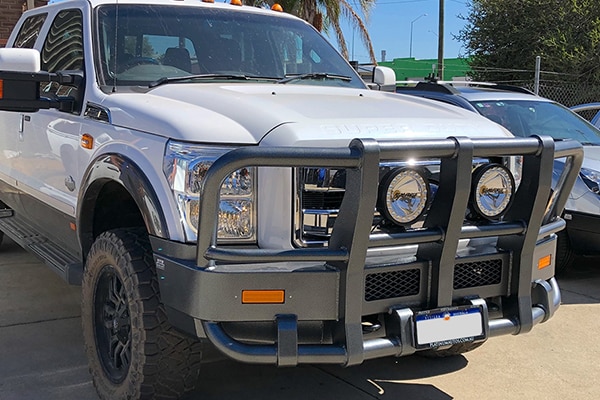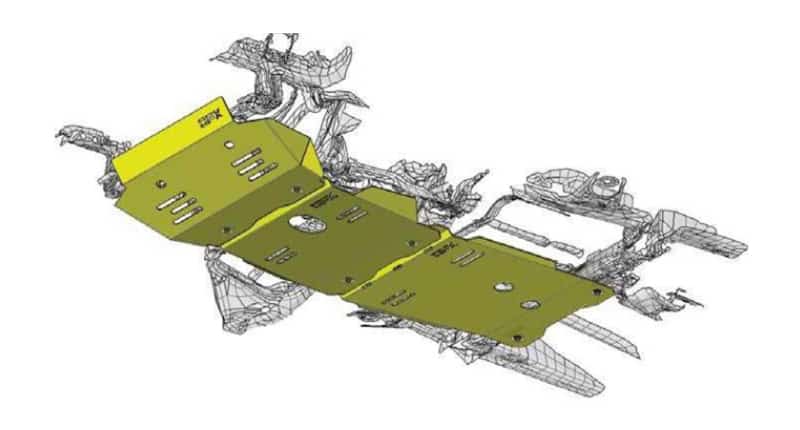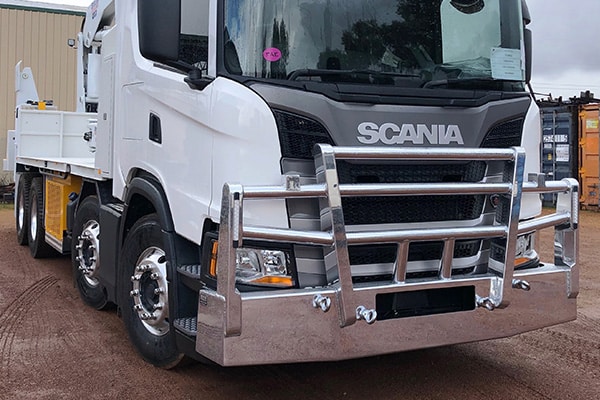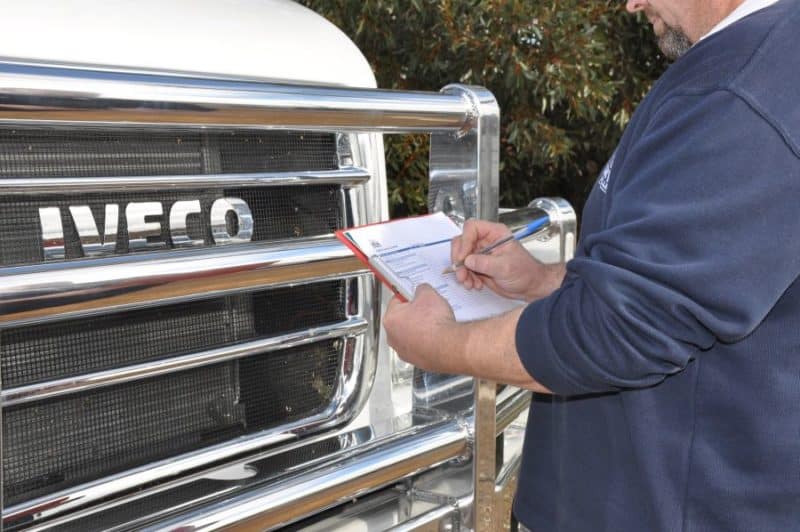Along with fitting a bullbar, getting a pair of driving lights is one of the safest and smartest upgrades that most country road drivers do. For most, purchasing a set of high quality driving lights is a considerable investment. So before handing over the hard-earned cash and to avoid disappointment, it’s worth doing some research on what’s available and what will best meet your performance expectations.
Firstly you want to understand the different technologies on offer.
Halogen
The oldest of these technologies is Halogen, which has been around probably since the Land Rover Defender last changed its body shape. Halogen globes generate heat inside a filament to develop light – the light is pretty much a side effect of the heat generated. A downside to Halogen globes is that they can be susceptible to failure, especially in demanding off-road conditions.
H.I.D
If you’ve got a bit more cash to splash, H.I.D. (High Intensity Diode) driving lamps are three times brighter than Halogen and provide greater penetration. HID lamps can punch light in excess of 1 kilometre down the road. HID globes are filled with a mixture of rare metals and gases that are heated to produce the light output.
L.E.D
Available in light bars for a while now, L.E.D (Light Emitting Diode) technology has more recently made its way into driving lights. The spread from L.E.D lights seem to fill every dip and hollow leaving no shadows or dark spots in the field of vision. The benefits include extended L.E.D life (over 50,000 hours), resistance to shock and vibration in demanding conditions and a white light output that is closest to natural daylight.
Once you understand the different technologies, it also helps to know the difference between Lux and Lumens.
Lux Vs Lumens
Lux and Lumen are both used to describe the performance or beam of lights. In simple terms, Lumen is the volume of light emitted, and lux is the intensity or brightness of the light hitting a surface. Lumen has a nice scientific definition but its origins come from the light produced by 1 standard candle. Lux is 1 Lumen of light spread evenly on 1 square metre.
Lumens
Lumens are a measure of the volume of light emitted from the lamps.
Take a standard 55w or 60w halogen globe that is typically fitted to headlamps. These output around 1,500 Lumens and most of this makes it way out of the headlamp onto the road, and in most cases the High Beam and Low Beam functions produce about the same Lumens (amount). Yet most of us would describe the High Beam as brighter than the Low. This is because the Low Beam spreads the light over a wider area, while High focuses the light into a narrower beam to give distance. While both have about the same Lumen, the High Beam will have a higher Lux at any given distance.
Lux
Lux is defined as the intensity or brightness of the light at a measured point in the distance. At 1 lux it is possible to read a newspaper.
Conventional driving lights are all about focusing the light down the road as far as possible. This is best measured in Lux at a distance, given 1 lux is generally accepted as enough light to read a paper by. Most lights are measured down to 1 Lux, meaning how far away the light can be from the source while still shining 1 Lux of light on a surface. For example a light might be 1 lux 900 meters meaning if you held a sheet of paper up in front of the light 900m away it would have 1 Lux of light falling on it.
The advent of L.E.D – based driving lights and bars has seen both Lux and Lumen used to describe performance, because these lights typically shine wider than traditional Halogen or HID lamps, but not as wide as a work lamp. This can leave them a bit stuck in the middle with the Lux and Lumen measurements. However, the very best L.E.D lamps have both high Lumen output and long 1 Lux distances, which means you should get the best of both worlds – a wide beam with good distance.
So to really fully understand the performance of a light you need to know both Lumen (power) and the Lux (focus). Of course there is much more to consider such as the beam angle or half power angle, colour rendering and so on, that go to making a great light… But these are topics for another day.






